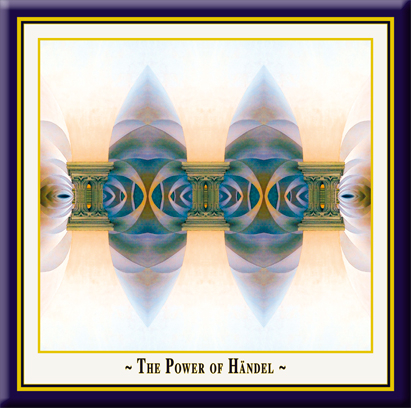Erster Teil
Nr. 1: Ouvertüre (Andante grave - Allegro)
Nr. 2: Soli (SB) e Coro
Preis und Ehre ihm, der da ist, der da war und der da kommt! (Offb.1,4)
Preis und Ehre ihm, dem Erstling der Erstandenen, dem Beherrscher der Könige der Erde. Ihm, der uns geliebet und durch sein Blut gereinigt hat. (1,5)
Preis, Ehre und Ruhm! (5,13)
Siehe er kommt in den Wolken, und ihn wird sehen jegliches Auge, und wehklagen werden die Geschlechter der Erde. Fürchte dich nicht: Ich bin´s, der Erste und Letzte und der Lebendige. Ich war tot, und siehe, ich bin lebendig in alle Ewigkeit und habe die Schlüssel der Hölle des Todes. (1,17-18)
Preis und Ehre ihm...
Ich weiß nun dein Tun: Du hast Böses nicht ertragen und geduldet um meines Namens willen. Aber deine erste Liebe hast du verlassen und bist gefallen von deiner Höhe. So ändre deinen Sinn und tu die ersten Werke! (2,2-5)
Sei getreu bis in den Tod, so will ich Dir die Krone des Lebens geben. (2,10)
Preis und Ehre ihm...
Nr. 3: Recitativo (TB)
Steige herauf, ich will dir zeigen, was geschehen soll! Und siehe, ein Thron stand im Himmel, und auf dem Thron ruht einer!
Und ein Regenbogen war um den Thron, und im Kreis auf Thronen vierundzwanzig Älteste, mit weißen Kleidern angetan, auf ihren Häuptern goldne Kronen. Und von dem Throne gingen aus Blitze und Donner, (4,1-5)
und Stimmen riefen Tag und Nacht: (4,8)
Nr. 4: Solo (T) e Coro
Heilig, heilig, heilig ist Gott der Herr, der Allmächtige, der da war und der da ist und der da kommt! (4,8)
Nr. 5: Recitativo (ST)
Und siehe. ein Lamm, das war verwundet. Weine nicht! Siehe, es hat überwunden der Löwe, der da ist vom Geschlecht Juda! (5,5)
Und die Ältesten fielen nieder vor dem Lamm und hatten Harfen und goldne Schalen voll Rauchwerks und sangen ein neues Lied: (5,8-9)
Nr. 6: Solo (S) e Coro
Das Lamm, das erwürget ist, ist würdig zu nehmen Kraft und Reichtum und Weisheit und Hoheit und Preis und Ehre! (5,12)
Nr. 7: Recitativo (T) e Coro
Und alle Kreatur, die im Himmel ist und auf Erden und unter der Erde und im Meer, rief aus und sprach: Betet an! Lob und Preis und Gewalt ihm, der auf dem Stuhle thront und dem erwürgten Lamm! (5,13)
Nr. 8: Recitativo (AT)
Und siehe, eine große Schar aus allen Heiden und Völkern und Sprachen traten zu dem Thron und dem Lamme. Sie waren angetan mit weißen Kleidern und trugen Palmen in den Händen. Sie fielen nieder auf ihr Angesicht und beteten an. (7,9-11)
Diese sind gekommen aus großer Trübsal und haben ihre Kleider weiß gemacht und hell im Blute des Lammes. Darum sind sie vor Gottes Thron und dienen ihm Tag und Nacht. (7,14-15)
Und das Lamm wird sie leiten zu Quellen lebendigen Wassers, und Gott wird trocknen alle Tränen von ihren Augen. (7,17)
Nr. 9: Soli (SATB) e Coro
Heil, dem Erbarmer Heil!
Er selbst wird trocknen alle Tränen von ihren Augen. Kein Leid ist mehr noch Schmerz noch Klage. (21,4)
Der Herr ist unser Gott, und wir sind sein. Ja, wir sind sein. (21,7)
Zweiter Teil
Nr. 10: Sinfonia (Allegro - Andante grave - Allegro)
Nr. 11: Recitativo (B)
So spricht der Herr: Das Ende kommt; von allen Winden der Erde kommt nun das Ende! Es kommt auch über dich. Ich will dich richten, wie du verdienet hast, und will dir geben, was dir gebühret. Mein Antlitz übersieht dich nicht; mein Auge dringt in dein geheimstes Innre! Von draußen bricht´s daher, von fernen Grenzen naht es sich. Der Gesang der Schnitter verstummt im Feld der Ernte und die Stimme der Hirten auf den Bergen. Klage tönt vom Tal herauf und aus den Klüften Wehgeschrei. Er kommt, der Tag der Schrecken kommt, sein Morgenrot bricht an. Es hat sich aufgemacht der Tyrann, die Geißel Gottes für die Völker. Auf den Gassen geht das Schwert, in den Häusern wohnt Hungersnot. Sie werfen ihr Silber heraus und achten ihr Gold als Spreu, denn es errettet sie nicht am Tag des Herrn. Ihre Seelen werden nicht davon gesättigt, für ihre Glieder macht man Ketten. Die Könige stehen gebeugt, die Fürsten klagen in Trauer, des Volkes Arme sinken matt herab, und seine Tränen fallen in Staub. (Hes.7,2-27)
Nr. 12: Duetto (ST)
Sei mir nicht schrecklich in der Not, Herr meine Zuversicht!
Ich bin allein, bleibst du mir nicht.
Verlassen bin ich, stehst du nicht zu mir!
Der Freund vergisst, der Bruder weicht, ich schau auf dich, o Herr, auf dich, mein einzig Teil!
Nr. 13: Coro
So ihr mich von ganzem Herzen suchet, will ich mich finden lassen, spricht der Herr. Und so ihr euch redlich zu mir kehret, will ich euch sammeln von allen Örtern der Erde. (Jer.29,13-14)
Ich will euer Gott sein, und ihr sollt mein Volk sein. So spricht der Herr. (Hes.37,27)
Nr. 14: Recitativo (T)
Die Stunde des Gerichts, sie ist gekommen. Anbetet den, der gemacht hat Himmel und Erde. (Offb.14,7)
Nr. 15: Coro
Gefallen ist Babylon, die Große. (14,8)
Sie suchen den Tod und finden ihn nicht,
sie ringen nach ihm, er fliehet sie. (9,6)
Die Stunde der Ernte ist da. Reif ist der Erde Saat. (14,15)
Das Grab gibt seine Toten,
das Meer gibt seine Toten (20,13),
das Siegel wird gebrochen (8,1), das Buch wird aufgetan (20,12).
Sie zagen, sie beben. Es ist geschehen. (21,5)
Nr. 16: Soli (SATB) e Coro
Selig sind die Toten, die in dem Herren sterben, von nun an in Ewigkeit. Sie ruhen von ihrer Arbeit, und ihre Werke folgen ihnen nach. (14,13)
Nr. 17: Recitativo (SA)
Sieh, einen neuen Himmel und eine neue Erde (21,1), von Gott bereitet und schön geschmückt als eine Braut. (21,2)
Sieh, eine Hütte Gottes bei den Menschen, er wird bei ihnen wohnen, sie werden sein Volk sein! (21,3)
Nicht Sonne mehr noch Mond: Er ist ihr Licht, und seine Herrlichkeit umleuchtet sie. (21,23)
Kein Tempel steht in Gottes Stadt. Er ist ihr Tempel und das Lamm. (21,22)
Nr. 18: Recitativo (T) und Quartett
Und siehe, ich komme bald und mein Lohn mit mir, zu geben jeglichem nach seinen Werken. (22,12)
Ja komm, Herr Jesu. (22,30)
Nr. 19: Soli (SATB) e Coro
Groß und wunderbarlich sind deine Werke, Herr, allmächtiger Gott. Gerecht und wahrhaftig sind deine Wege, du König der Heiligen. Wer sollte dich nicht fürchten, Herr, nicht deinen Namen preisen? Du allein bist heilig. Und alle Völker der Erde werden kommen und anbeten vor dir. (15,3-4)
Halleluja! Sein ist das Reich und die Kraft und die Herrlichkeit von Ewigkeit zu Ewigkeit.
Amen. Halleluja. Amen
Part the First
No. 1: Overture (Andante grave - Allegro)
No. 2: Soli (SB) and Chorus
Praise and glory to Him, which is, which was, and which is to come! (Rev.1,4)
Praise and glory be to him, the first begotten of the dead, and the prince of the kings of the earth. Unto him that loved us, and washed us from our sins in his own blood. (1,5)
Blessing to him, and honour and glory! (5,13)
Behold, he cometh with clouds and every eye shall see him, and they also which pierced him and all kindreds of the earth shall wail because of him. Fear not: I am the first and the last. I am he that liveth, and was dead, and behold, I am alive for evermore, Amen, and have the keys of hell and of death. (1,17-18)
Praise and glory be to him...
Thou canst not bear them which are evil: and for my name's sake hast laboured, and hast not fainted. Yet thou hast left thy first love. Remember therefore from whence thou art fallen and repent, and do the first works! (2,2-5)
Be thou faithful unto death, and I will give thee a crown of life. (2,10)
Praise and glory be to him...
No. 3: Recitative (TB)
Come up hither, and I will shew thee things which must be hereafter and, behold, a throne was set in heaven!
And one sat on the throne there was a rainbow round about the throne, and round about the throne were four and twenty elders sitting clothed in white raiment. And they had on their heads crowns of gold. And out of the throne proceeded lightnings and thunderings, (4,1-5) and voices cried out day and night: (4,8)
No. 4: Solo (T) and Chorus
Holy, holy, holy, Lord, God Almighty,
which was, and is, and is to come! (4,8)
No. 5: Recitative (ST)
And behold, there stood a Lamb as it had been slain, weep not: behold, the lion of the tribe of Judah, the root of David, hath prevailed. (5,5)
And the elders fell down before the Lamb, having every one of them harps, and golden vials full of odours, and they sung a new song: (5,8-9)
No. 6: Solo (S) and Chorus
Worthy is the Lamb that was slain to receive power, and riches, and wisdom, and strength, and honour, and glory, and blessing! (5,12)
No. 7: Recitative (T) and Chorus
And every creature which is in heaven, and on the earth, and under the earth, and such as are in the sea, heard I saying: Blessing! Honour and glory and power, be unto him that sitteth upon the throne, and unto the Lamb for ever and even! (5,13)
No. 8: Recitative (AT)
And, behold, a great multitude, which no man could number, of all nations, and kindreds, and people, and tongues, stood before the throne, and before the Lamb, clothed with white robes, and palms in their hands. And fell down on their faces and prayed to Him. (7,9-11)
These are they which came out of great tribulation, and have washed their robes, and made them white in the blood of the Lamb. Therefore are they before the throne of God. And serve him day and night in his temple. (7,14-15)
For the Lamb which is in the midst of the throne shall lead them Unto living fountains of waters: And God shall wipe away all tears from their eyes. (7,17)
No. 9: Soli (SATB) and Chorus
Hail! To the one to have mercy on us!
And God shall wipe away all tears from their eyes. And there shall be no more death, neither sorrow, nor crying, neither shall there be any more pain. (21,4)
The Lord is our God, and we are his. Yes, we are his. (21,7)
Part the Second
No. 10: Sinfonia (Allegro - Andante grave - Allegro)
No. 11: Recitative (B)
Thus saith the Lord: The end is come upon the four corners of the land! Now is the end come upon thee, and I will send mine anger upon thee, and will judge thee according to thy ways, and will recompense upon thee all thine abominations and mine eye shall not spare thee, neither will I have pity! From afar the sword is without, from foreign borders approaching, the reapers' song falls silent in the field of harvest, and silent is the voice of shepherds in the mountains. Laments arise from the valley, and from the chasms wailing. It has come, the day of terror has come, is morning is rising red! On his way we see the tyrant, the scourge of God for the peoples, in the streets the sword is without, and the pestilence and the famine within they shall cast their silver in the streets, and their gold shall be removed. Their silver and their gold shall not be able to deliver them in the day of the wrath of the Lord. They shall not satisfy their souls, chains are prepared for their limbs. He king shall mourn, and the prince shall be clothed with desolation, and the hands of the people of the land shall be troubled, and their tears shall fall upon the dust. (Eze.7,2-27)
No. 12: Duet (ST)
Do not be my terror in this misery, my Lord, my confidence!
I am alone unless you are with me.
I am left destitute if you are not on my side!
The friend forgets, my brother leaves me. I behold ye, oh Lord, my only foundation!
No. 13: Chorus
And ye shall seek me, and find me, when ye shall search for me with all your heart, thus and I will be found of you, saith the Lord. And I will gather you from all the nations. (Jer.29,13-14)
I will be your God, and you shall be my people. Thus saith the Lord. (Hes.37,27)
No. 14: Recitative (T)
The hour of his judgement is come. And worship him that made heaven, and earth. (Rev.14,7)
No. 15: Chorus
Babylon the great is fallen. (14,8)
They seek death, and shall not find it; and shall desire to die, and death shall flee from them. (9,6)
For the time is come for thee to reap. For the harvest of the earth is ripe. (14,15)
And the graves gave up he dead which were in them and the sea gave up the dead which were in it. (20,13)
The seal was opened (8,1), the book is opened. (20,12)
They hesitate, the shiver. It is done. (21,5)
No. 16: Soli (SATB) and Chorus
Blessed are the dead which die in the Lord from henceforth, that they may rest from their labours, and their works do follow them. (14,13)
No. 17: Recitative (SA)
Behold, And I saw a new heaven and a new earth (21,3), coming down from God out of heaven, prepared as a bride adorned for her husband. (21,2)
And he will dwell with them,
and they shall be his people! (21,3)
And the city had no need of the sun neither of the moon, to shine in it! For the glory of God did lighten it. (21,3)
And I saw no temple therein. For the Lord God Almighty and the Lamb are the temple of it. (21,22)
No. 18: Recitative (T) and Quartet
And, behold, I come quickly, and my reward is with me, to give every man according as his work shall be. (22,12)
Even so, come, Lord Jesus. (22,20)
No. 19: Soli (SATB) and Chorus
Great and marvellous are thy works, Lord God Almighty, just and true are thy ways, thou King of saints. Who shall not fear thee, O Lord, and glorify thy name? For thou only art holy. For all nations shall come and worship before thee. (15,3-4)
Alleluia! For thine is the kingdom and the power, and the glory forever and ever.
Amen. Alleluia. Amen.
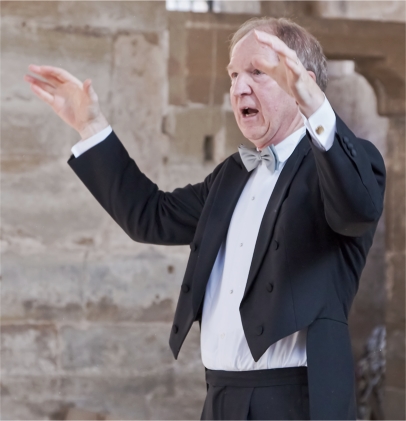


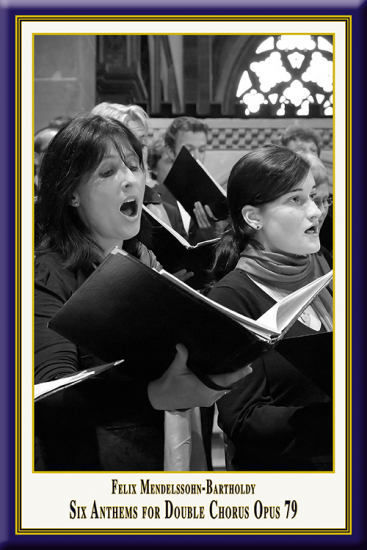



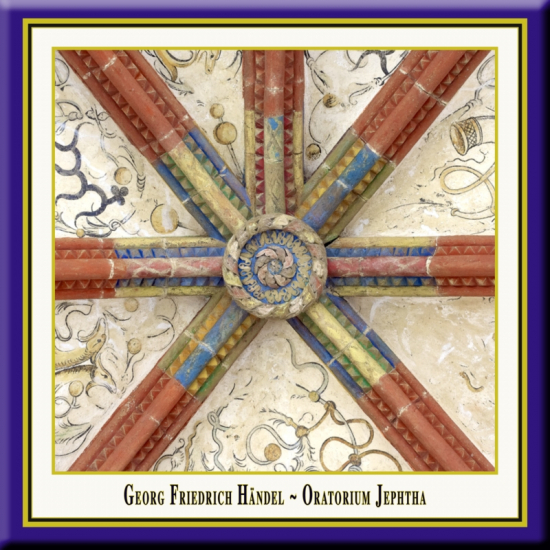



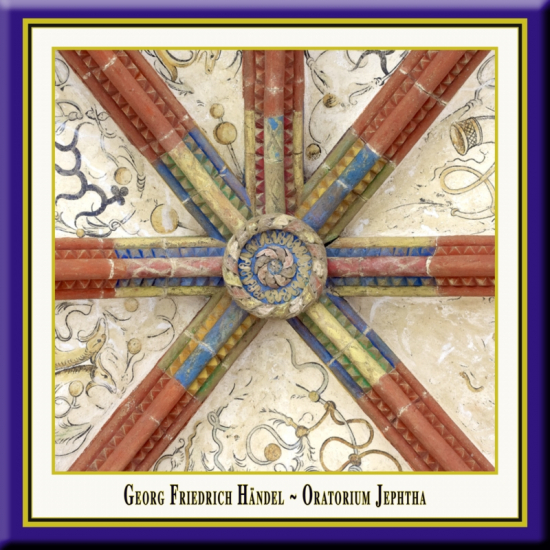
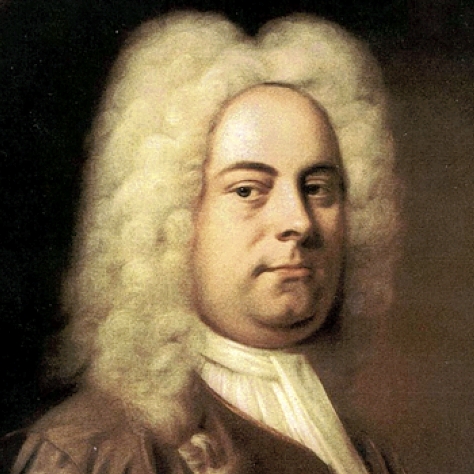

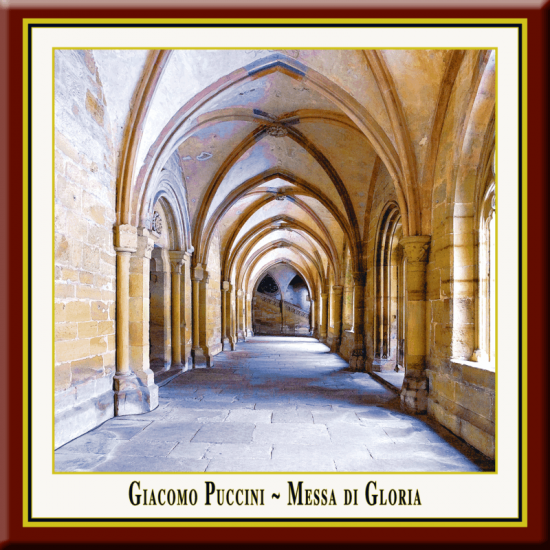

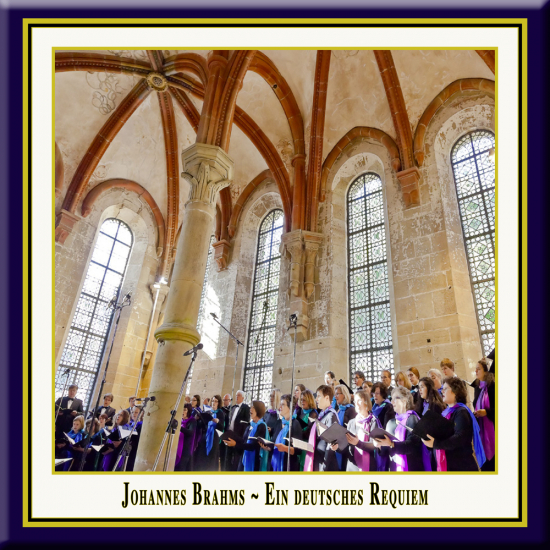

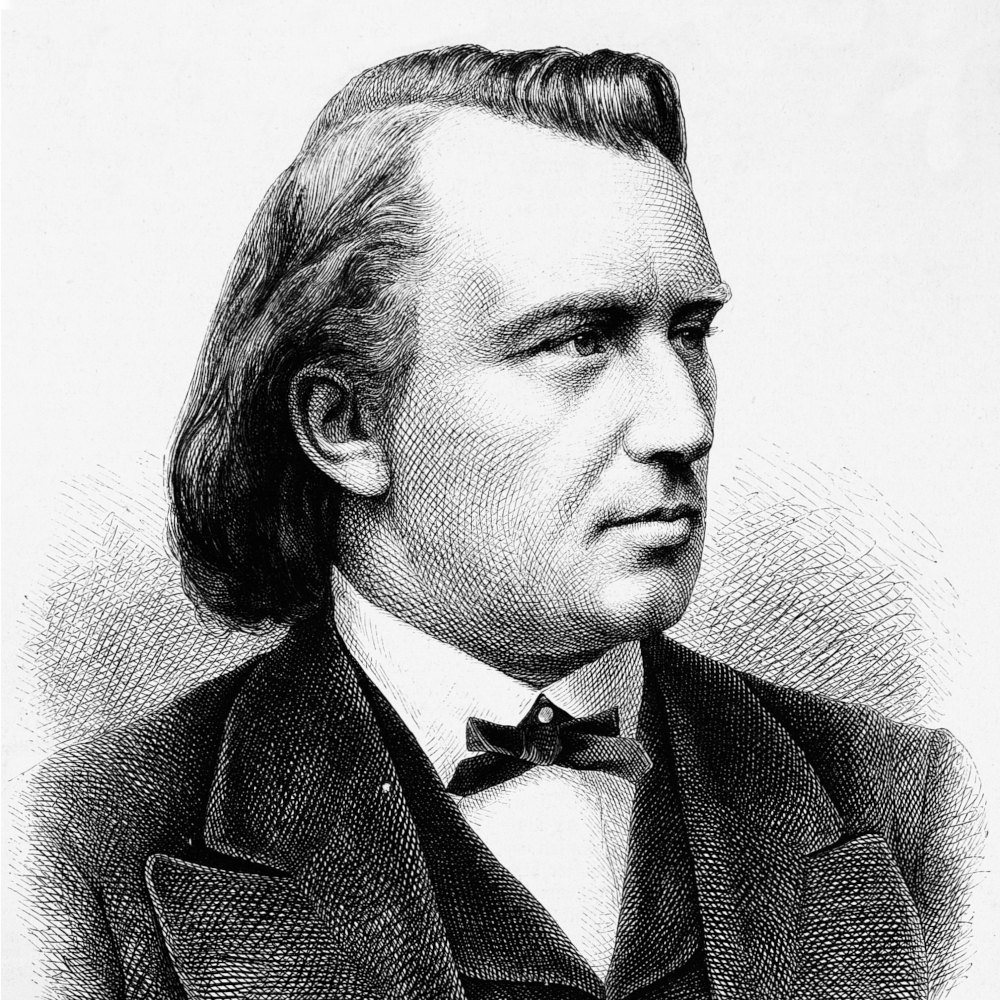



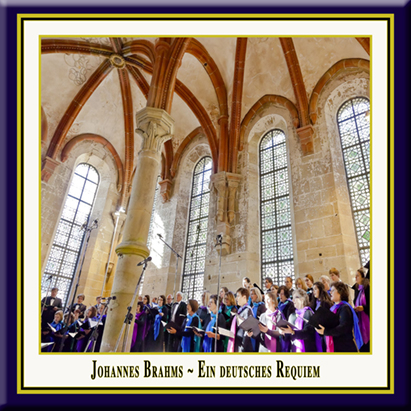

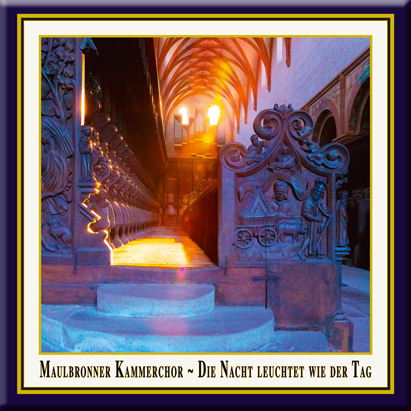



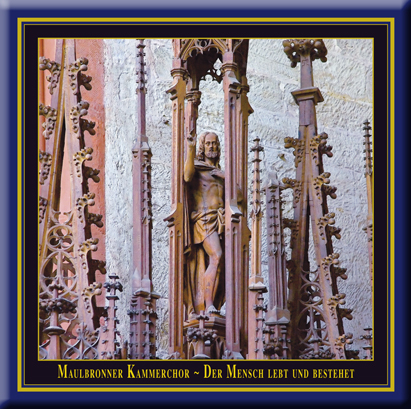
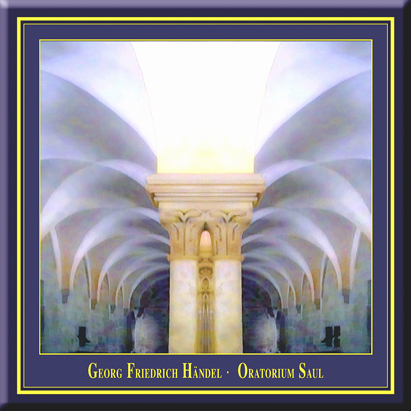

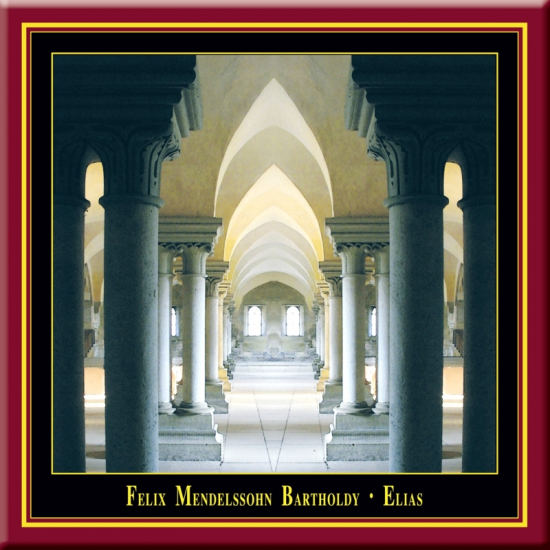
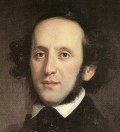

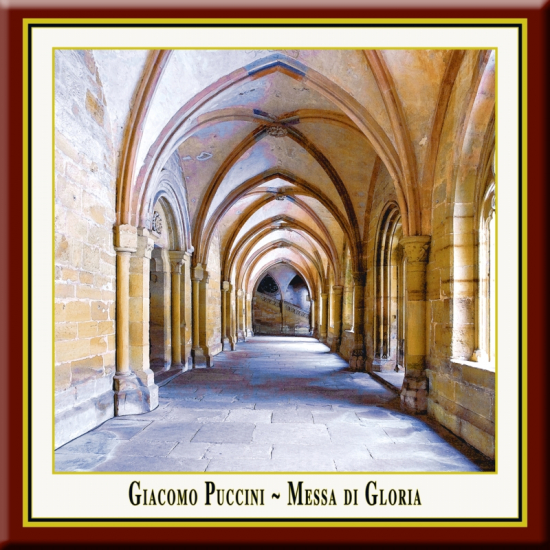





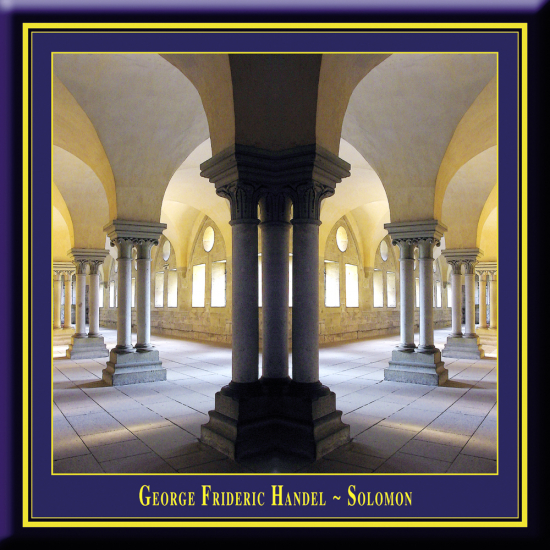

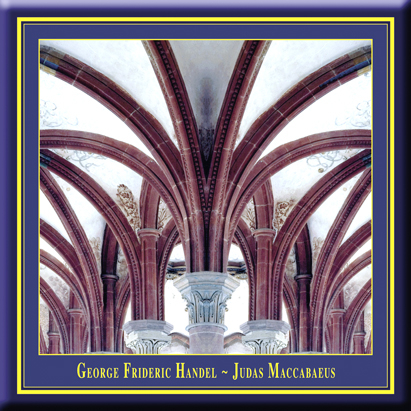
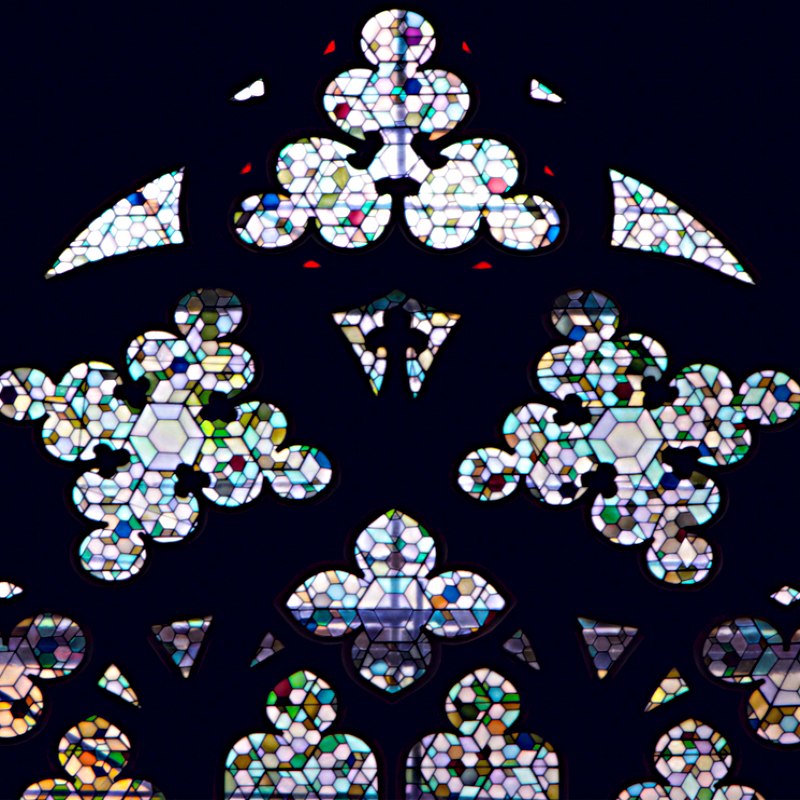


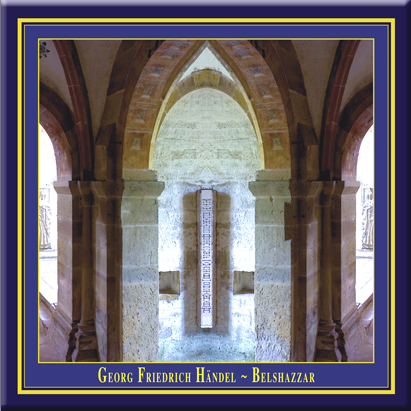
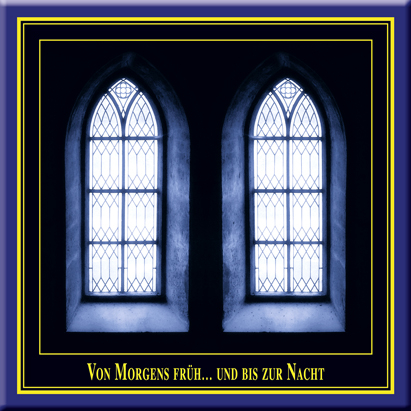
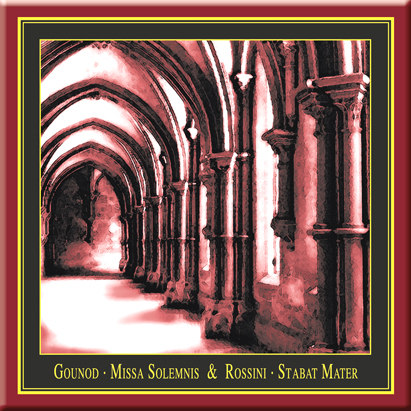
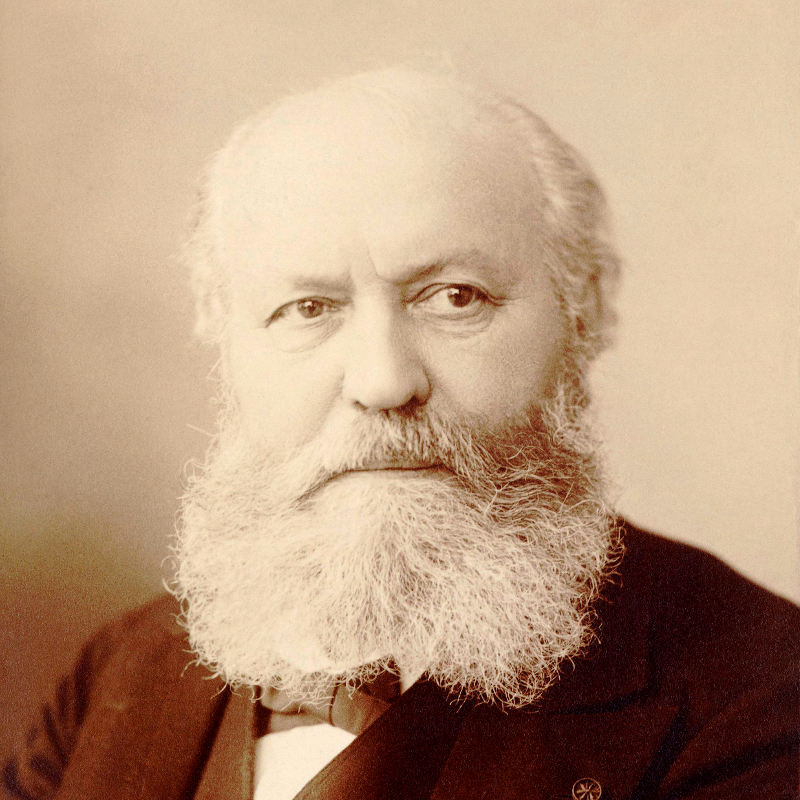
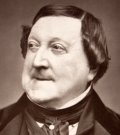
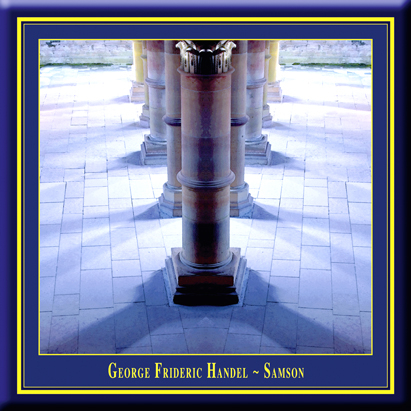
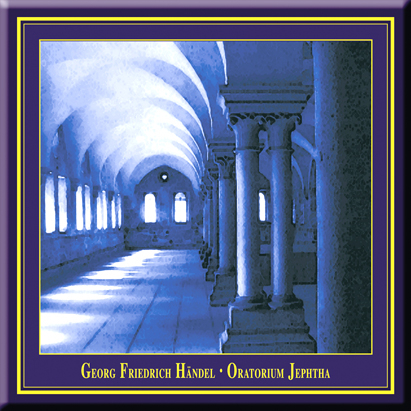


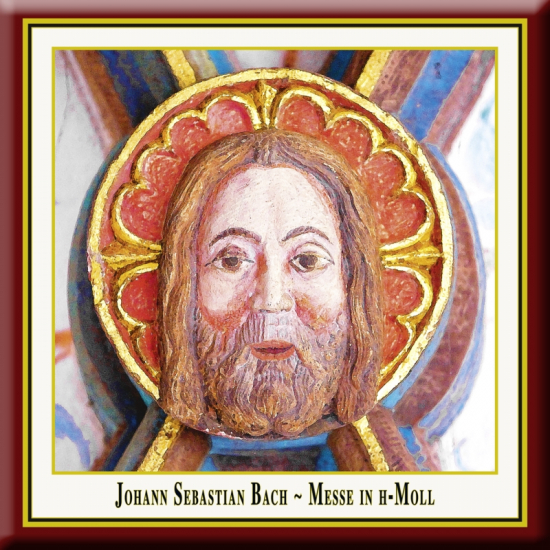
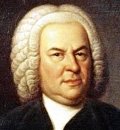


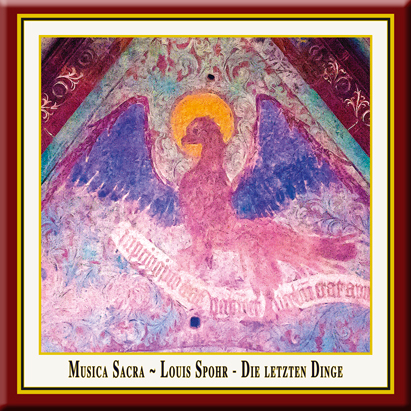



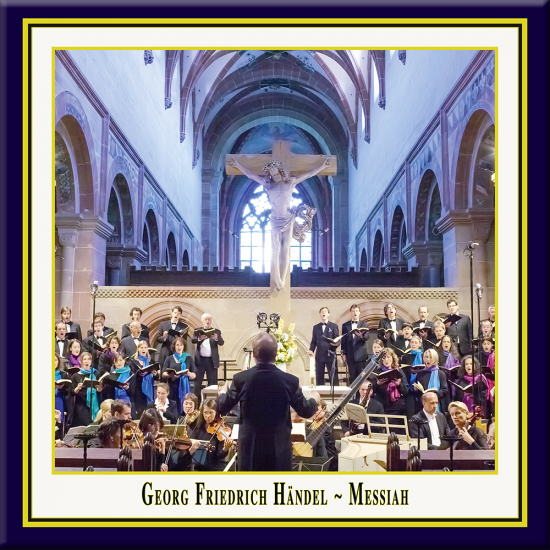

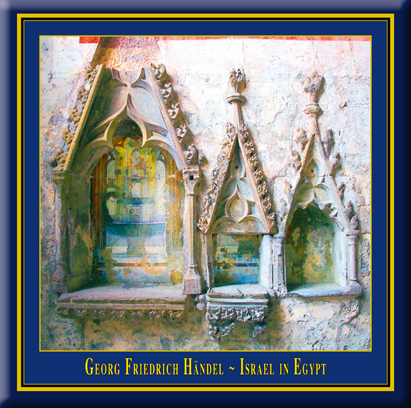

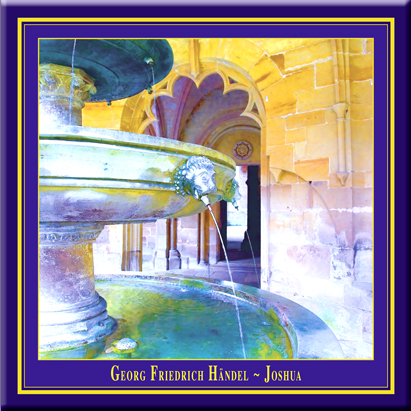
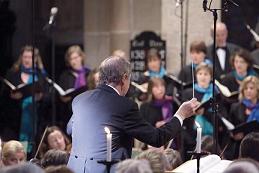 The unusual tempo of Handel's composition must have challenged Morell to the extreme and the result was more a sequence of events than a fully developed plot. But the characters are strong - Joshua an imperious/domineering (if also a sometimes unbearably conceited) hero, Kaleb the suitably patriarchal leader type, shortly before retirement and on the verge of leaving the battlefield forever, his daughter, Achsa, worried, occasionally disapproving and engaged to Othniel, who finds it difficult to strike the right balance between the role of the young warrior that has been thrust upon him and that of the devoted lover. Over and above all this, there is a small but important role for an angel. A later score gives this part to a tenor, but it is generally assumed that, as is to be expected, the angel was played by a female or boy soprano in earlier performances.
The unusual tempo of Handel's composition must have challenged Morell to the extreme and the result was more a sequence of events than a fully developed plot. But the characters are strong - Joshua an imperious/domineering (if also a sometimes unbearably conceited) hero, Kaleb the suitably patriarchal leader type, shortly before retirement and on the verge of leaving the battlefield forever, his daughter, Achsa, worried, occasionally disapproving and engaged to Othniel, who finds it difficult to strike the right balance between the role of the young warrior that has been thrust upon him and that of the devoted lover. Over and above all this, there is a small but important role for an angel. A later score gives this part to a tenor, but it is generally assumed that, as is to be expected, the angel was played by a female or boy soprano in earlier performances. At three points in the score, Handel notes that the brasses ought to be brought in and there is a short rhythmic entry at each of these points, on the basis of which the musicians of the time (led by the first trumpet) then had to improvise the necessary music. Handel's lavish casting of the oratorio points to the fact that his performances were financially secured. The large orchestra comprises - apart from the usual strings, oboes and bassoons - two flutes, trumpets, horns and timpani, respectively. Moreover, certain 18th century reports on performances gave us the idea of including cembalo, organ and archlute as continuo instruments. The most stunning passages of Handel's Joshua make full use of brass and timbali, and the resulting music is very impressive. Dramatic events like the collapse of the walls of Jericho, the destruction of the city by fire, Joshua's ability to stop the sun and moon in their tracks and to rouse an army of demoralized soldiers to action, not to mention the return of the hero in triumph from the battle offer heroic material that would have inspired any composer.
At three points in the score, Handel notes that the brasses ought to be brought in and there is a short rhythmic entry at each of these points, on the basis of which the musicians of the time (led by the first trumpet) then had to improvise the necessary music. Handel's lavish casting of the oratorio points to the fact that his performances were financially secured. The large orchestra comprises - apart from the usual strings, oboes and bassoons - two flutes, trumpets, horns and timpani, respectively. Moreover, certain 18th century reports on performances gave us the idea of including cembalo, organ and archlute as continuo instruments. The most stunning passages of Handel's Joshua make full use of brass and timbali, and the resulting music is very impressive. Dramatic events like the collapse of the walls of Jericho, the destruction of the city by fire, Joshua's ability to stop the sun and moon in their tracks and to rouse an army of demoralized soldiers to action, not to mention the return of the hero in triumph from the battle offer heroic material that would have inspired any composer.

